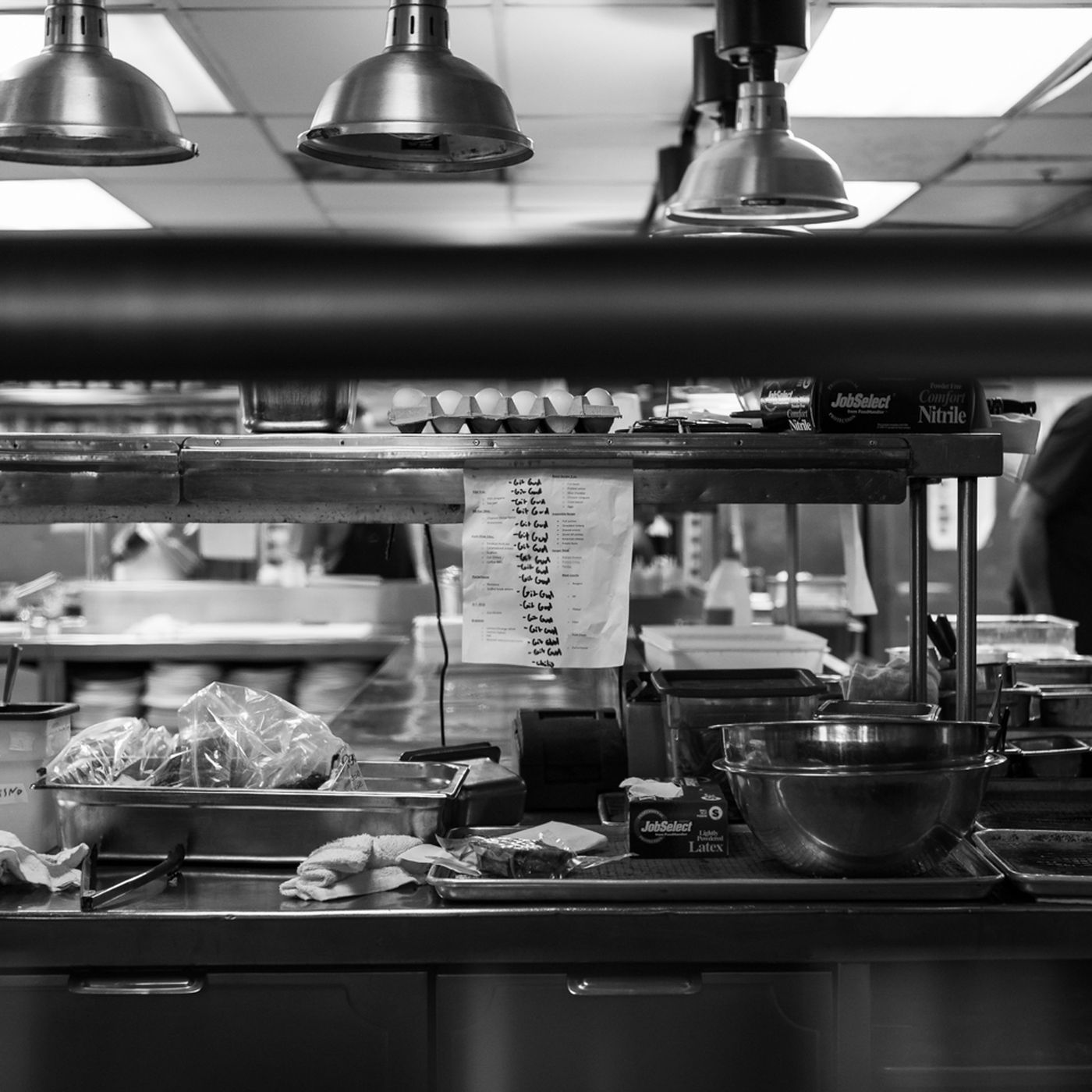Culinary artistry thrives on the exquisite dance of flavors, where the harmonious pairing of ingredients elevate dishes to extraordinary heights. Knowing the science behind flavor pairing opens up endless possibilities for chefs, allowing them to create dishes that are tantalizing, innovative, and balanced. Here’s a look at flavor pairing, the science behind it and how chefs can use it to make great food.
The Science Behind Flavor Pairing
A flavor pairing is based on the intricate interaction between taste compounds and aroma molecules on our taste buds. Using this concept, ingredients are paired in a way that enhances the dining experience by complementing one another in taste, aroma, texture, and even molecular structure. The idea behind flavor pairing is that different ingredients can create a unique flavor experience when combined. Whenever you pair two ingredients, you can create a combination of flavors that are more intense than either ingredient alone.
Complementary vs. Contrasting Pairings
Chefs often experiment with two types of pairings: complementary and contrasting. Complementary pairings involve ingredients that share similar flavor profiles, intensifying and harmonizing flavors. Contrary to this, contrasting pairings create a delightful balance of flavors, so you’ll get a unique and surprising culinary experience. For instance, a complementary pairing could be vanilla and strawberries, while a contrasting pairing could be blue cheese and strawberries.
Leveraging Aromas and Texture
Beyond taste, aromas play a pivotal role in flavor perception. Chefs can elevate dishes by considering aroma compounds in ingredients and how they interact to create an olfactory symphony. Texture also plays a crucial role, as contrasting textures can enhance the overall dining experience. For example, a crispy crust on a pastry can contrast with a creamy filling, creating a more interesting mouthfeel. Additionally, the temperature of a dish can also play a role in flavor perception, as warmer temperatures can release more aroma compounds from ingredients.
The Role of Umami and Flavor Bridges
Understanding umami-rich ingredients and using them as flavor bridges can amplify flavors and create a more satisfying culinary experience. Umami, or the fifth taste, adds depth and richness to dishes. Mushrooms, soy sauce, and Parmesan cheese contain glutamate, a substance that gives food its earthy, savory flavor. By adding umami-rich ingredients to dishes, the flavors are rounded out and more flavorful.
Innovation Through Unconventional Pairings
Innovation in the culinary world often stems from daring and unconventional flavor pairings. Chefs can push boundaries by experimenting with unexpected combinations, drawing inspiration from global cuisines, molecular gastronomy, and cross-disciplinary knowledge. By combining ingredients from different cultures and exploring new cooking techniques, chefs can create unique dishes that tantalize the taste buds. This type of experimentation often leads to new flavor combinations that can be enjoyed by food enthusiasts all over the world. For example, the popular dish miso black cod was created by Nobu Matsuhisa by combining traditional Japanese miso with French cooking techniques.
Tools and Techniques for Flavor Pairing
Various tools and techniques help chefs explore flavor pairings. Flavor pairing wheels, sensory analysis, molecular gastronomy principles, and data-driven approaches enable chefs to uncover creative, exciting combinations and refine their menu development process. These tools provide chefs with a systematic approach to creating unique menus that push the boundaries of traditional food preparation. Chefs can use these tools to explore different flavor combinations, assess the impact of different ingredients, and develop new recipes that will delight their customers. For example, a chef can use a flavor map to uncover which flavors pair well together and then use that data to create a dish that blends two or more of these flavors.
Embracing Seasonality and Local Ingredients
Seasonal and locally sourced ingredients often share natural affinities, making them ideal for flavor pairing. Chefs can capitalize on the freshness and inherent compatibility of seasonal produce to create dishes that resonate with both the palate and the senses. For example, in the spring, chefs may use asparagus and strawberries in dishes that pair the freshness of the vegetables with the tartness of the berries. In the winter, they might use root vegetables and mushrooms in dishes that pair the earthiness of the mushrooms with the sweetness of the root vegetables.
Crafting Memorable Culinary Experiences
By mastering the art of flavor pairing, chefs can craft memorable culinary experiences that tantalize taste buds, evoke emotions, and leave lasting impressions on diners. Well-thought-out pairings can turn a dish from good to exceptional, fostering guest satisfaction and loyalty. Chefs can pair complementary flavors to create a harmonious symphony of textures and aromas, as well as contrast flavors to create a dynamic contrast that surprises and delights the palate. By understanding the nuances of flavor combinations, chefs can create dishes that are far greater than the sum of their parts. For example, a delicious combination of savory portobello mushroom and melted brie cheese on top of a crunchy baguette is a French classic for a reason: each ingredient complements the others to create a complex and delicious flavor.
Conclusion
Chefs who understand the science behind flavor interactions unlock a world of culinary creativity by exploring, experimenting, and embracing the nuances of ingredients. Chefs can make their menu development process amazing by using complementary and contrasting pairings, knowing aromas and textures, utilizing umami, embracing innovation, using tools and techniques, and honoring seasonality.
The power of flavor pairing transcends mere taste; it is an art form that allows chefs to orchestrate symphonies of flavors, creating culinary delights that linger in memory long after the last bite. With a deep understanding of flavor interactions, chefs can ignite their creativity and captivate diners with gastronomic experiences that transcend the ordinary.




